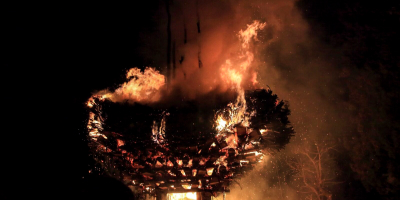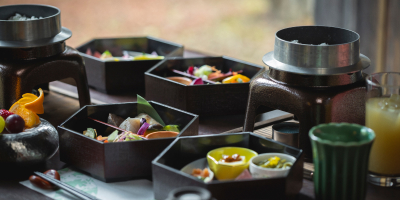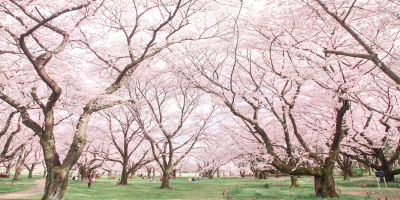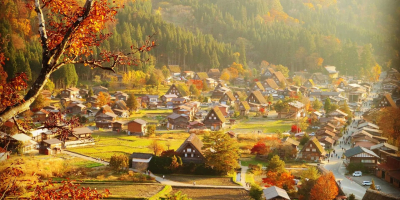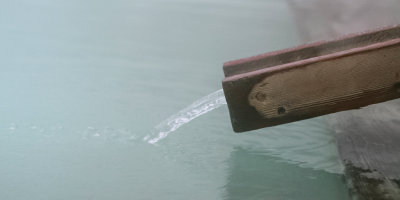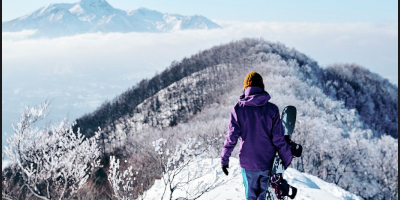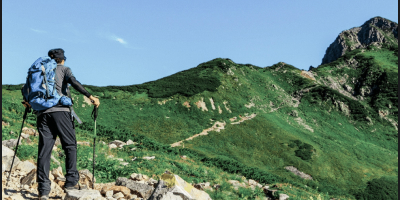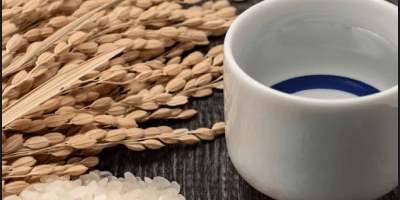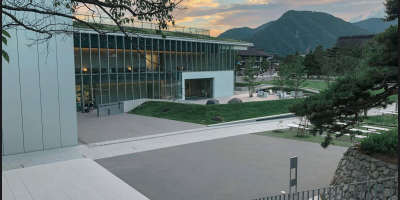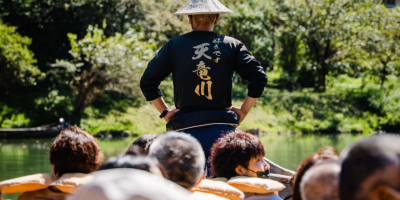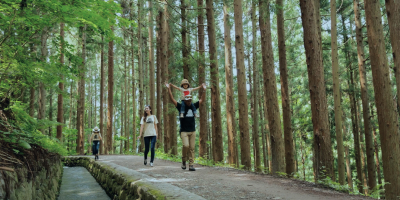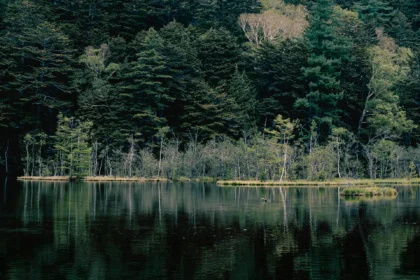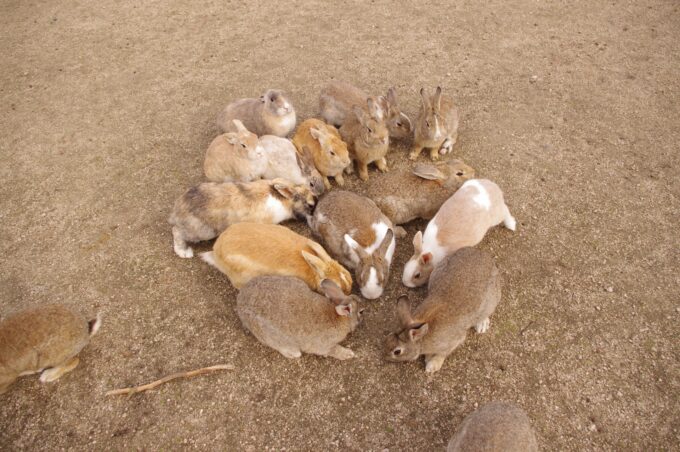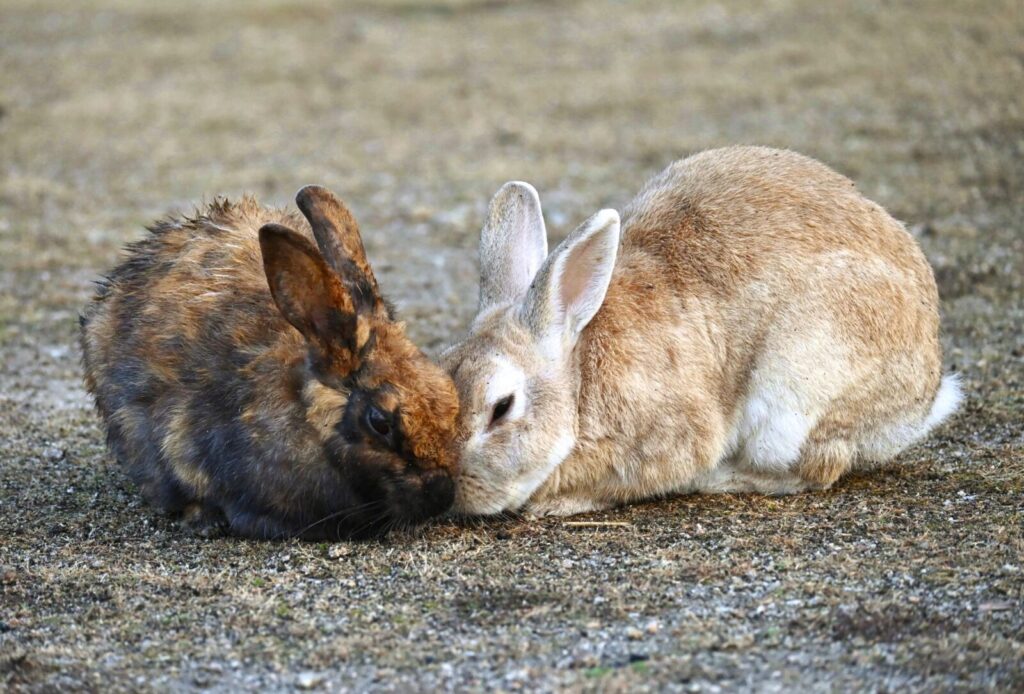
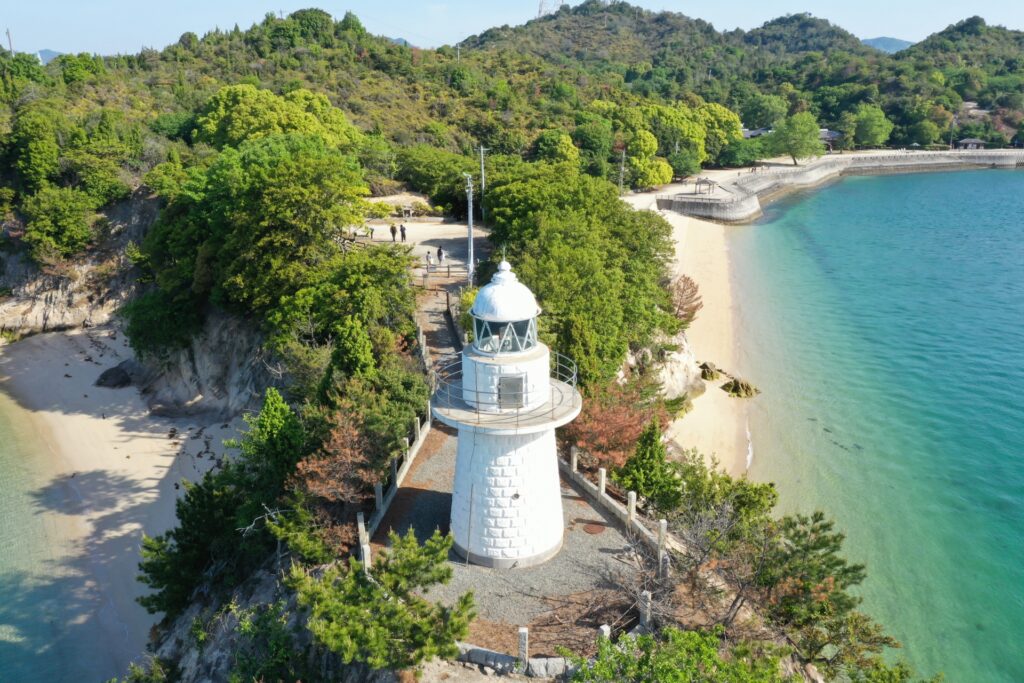
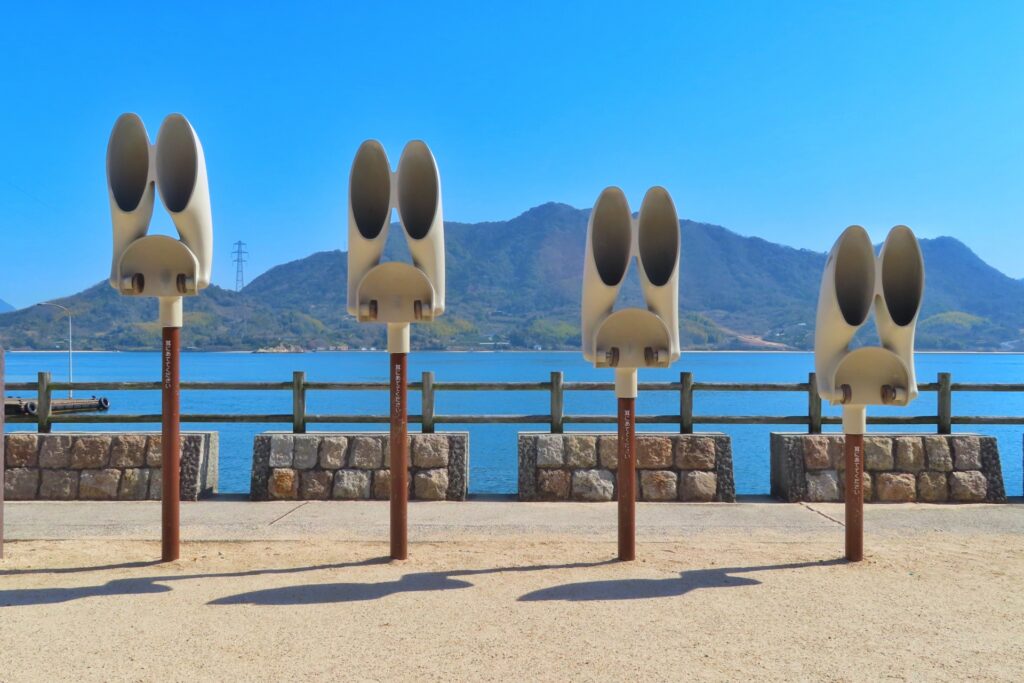
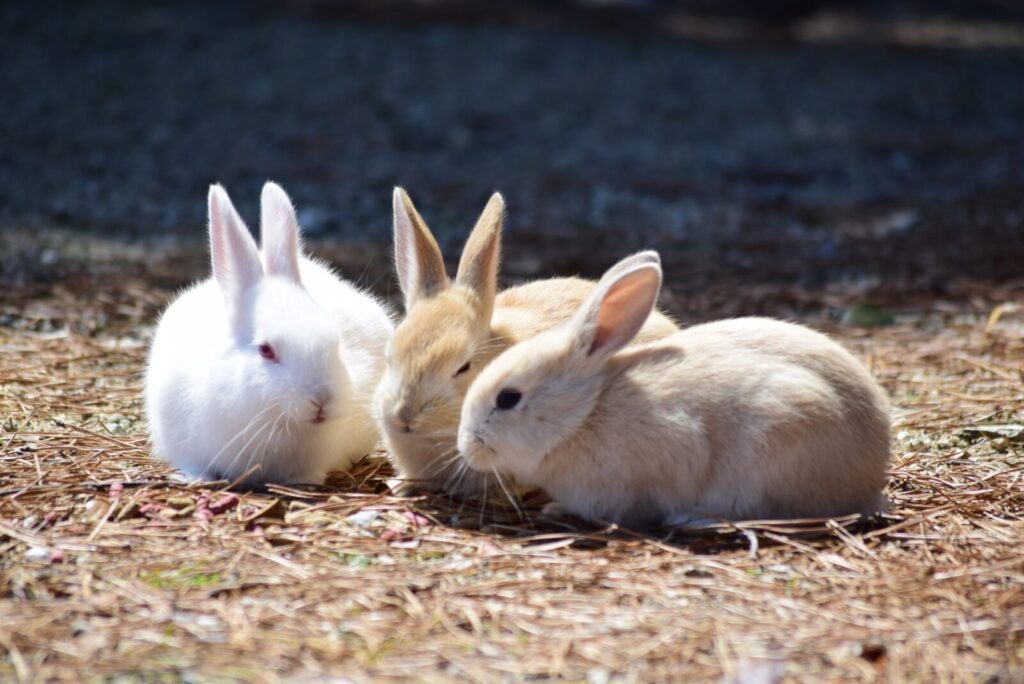
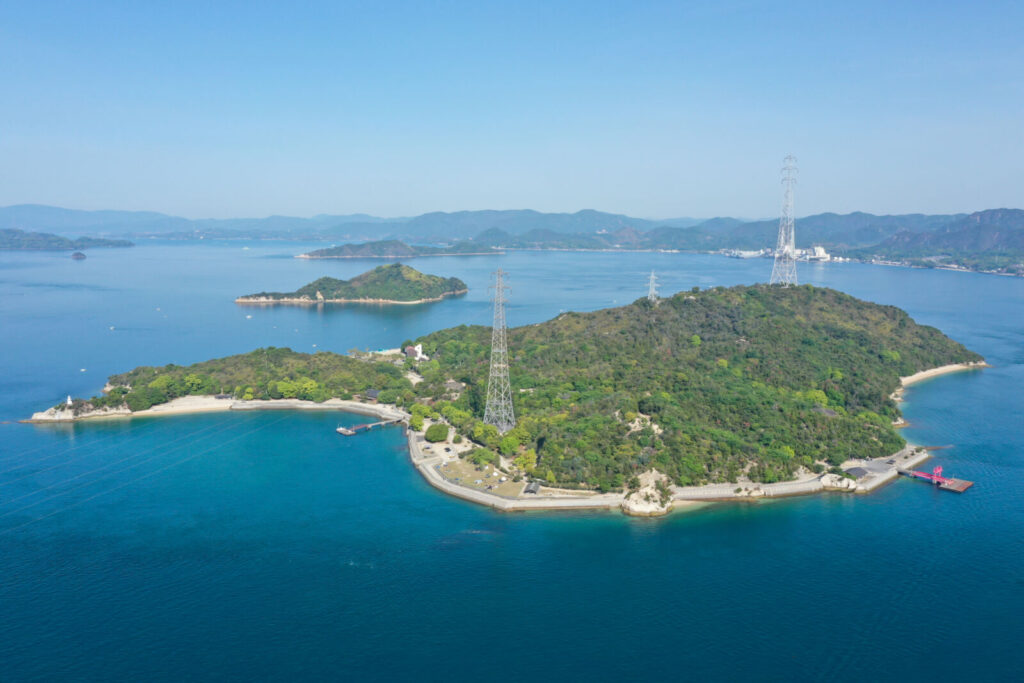
If you are wondering how to get to the island and what kinds of activities can be done once you get there, then look no further! We have gathered all the most relevant information in regard to transportation, ferry ticket purchase, and tourist facilities below.
-- Things to Do
We’ve also included some background information about the island so you can have a better understanding of how Rabbit Island came to be. After all, where exactly did the rabbits come from? We answer this question and many more throughout this page.
WHERE IS RABBIT ISLAND?
Rabbit Island is located in the eastern part of Hiroshima Prefecture. It is administered by the city of Takehara and is just about a 15-minute ferry ride away from the coast. The island is quite small, with a circumference of only about 4 kilometers, and can be comfortably explored on foot. It is also considered part of the Setonaikai National Park, a park which includes the vast Seto Inland Sea and its many islands.
HISTORY OF THE ISLAND
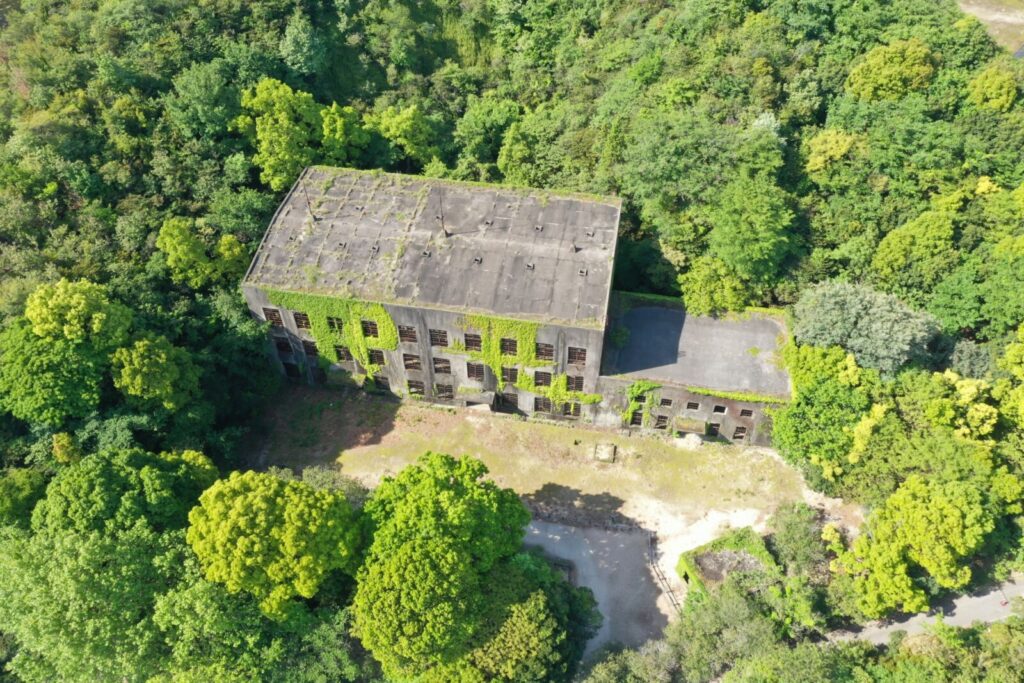
In just the past one hundred years, Rabbit Island has gone through multiple changes and played many different roles. Originally a peaceful island used for fishing and cultivation purposes, Ōkunoshima was taken over by the military in the late 19th century in order to protect the Seto Inland Sea during the Sino-Japanese War and Russo-Japanese War. In conjunction with the island of Oshima (belonging to Ehime Prefecture), Ōkunoshima was equipped with cannons and searchlights to defend against foreign invasion. These two islands were collectively known as the Geiyo Fortresses.
The island’s role changed in 1929, when instead of protecting the surrounding area, it became a place for chemical research and the production of poison gas. The island was officially erased from maps and its operations of the island were considered a national secret. Five different types of poison gas, including mustard gas, were produced in Ōkunoshima. They were mainly used during the second Sino-Japanese war and are estimated to have killed about 80,000 people. When Japan surrendered at the end of World War II, the facilities and its records were destroyed, meaning a lot of the details about what happened on the island still remain a mystery today.
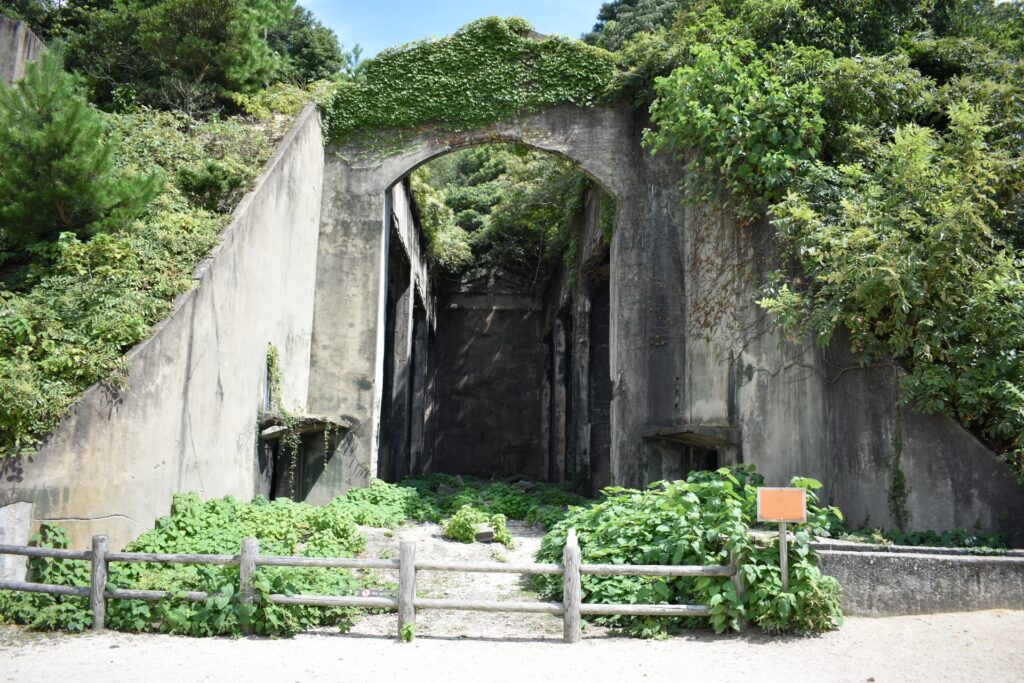
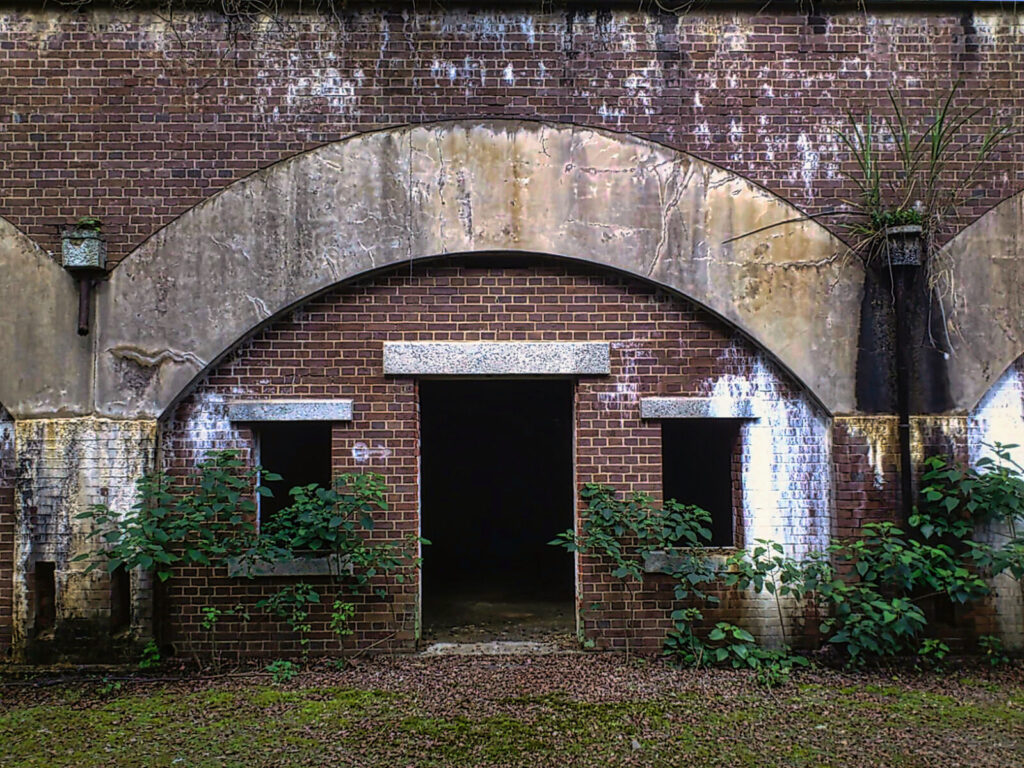
Soon, the Allied Occupation Forces took over the island. The United States disposed of the remaining toxic substances and began using the structures remaining on the island as places to store ammunition to aid them in the Korean War. When the Occupation of Japan came to an end, control of the island was restored to Japan and for about ten years it remained mostly abandoned.
Ōkunoshima was revitalized in 1963, with the opening of the hotel Kyukamura Ōkunoshima. Tourists started visiting the island to enjoy leisure activities and its peaceful environment. As part of the Setonaikai National Park since 1950, the island was a popular travel destination for those looking to spend some time surrounded by nature. When the Poison Gas Museum opened in 1988, it also became a big draw for those looking to learn more about Ōkunoshima’s history.
WHERE DID THE RABBITS COME FROM?
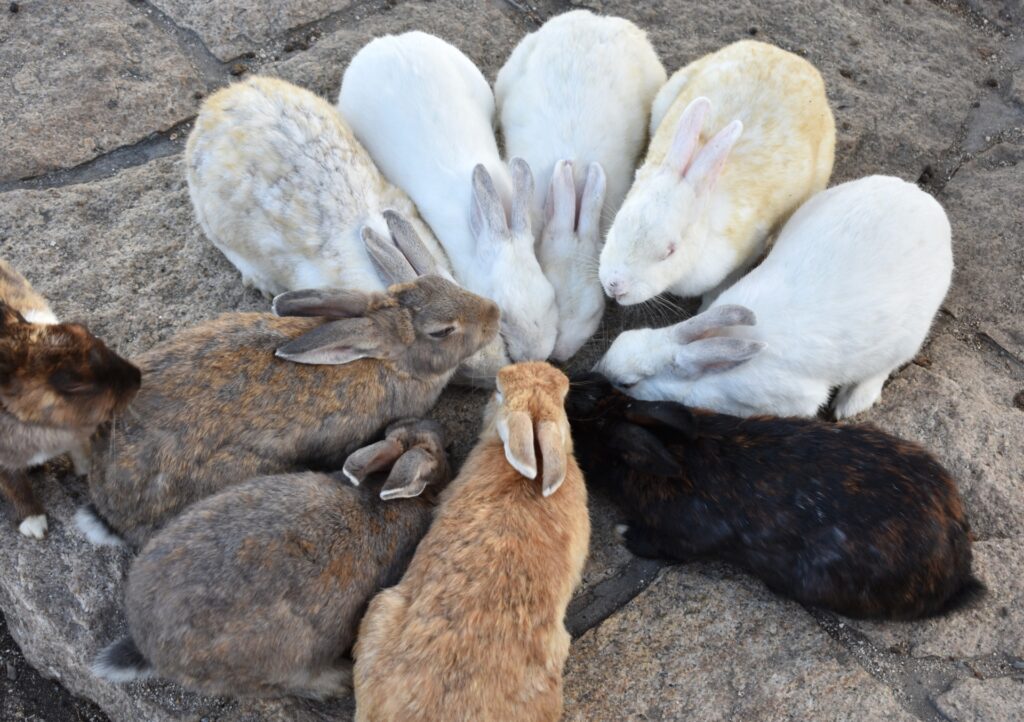
All of the information above fails to answer one big question: where did all the rabbits come from? There are many different theories as to how the large rabbit population came to be. One of the more popular stories is that the rabbits which inhabit the island today are descendants of ones which were used as test subjects when Ōkunoshima was a site of poison gas production. However, there are no records which can back up this claim.
Another possibility is that the rabbits are instead descendants of a group of 8 which were released by school children in 1971 when the then hotel manager was trying to find a mascot for the island. While this claim is a bit more believable, we cannot say with one hundred percent certainty that this is where all the rabbits came from.
Nowadays, most of the island’s tourism comes from people who want to spend a day feeding rabbits and taking adorable pictures with them. Camping and biking around the island has also become quite a popular activity. Despite its dark past, Rabbit Island is now a perfect place to interact with wildlife and nature in a relaxing environment. Why not make a stop by this unique location when visiting Hiroshima?
THINGS TO DO
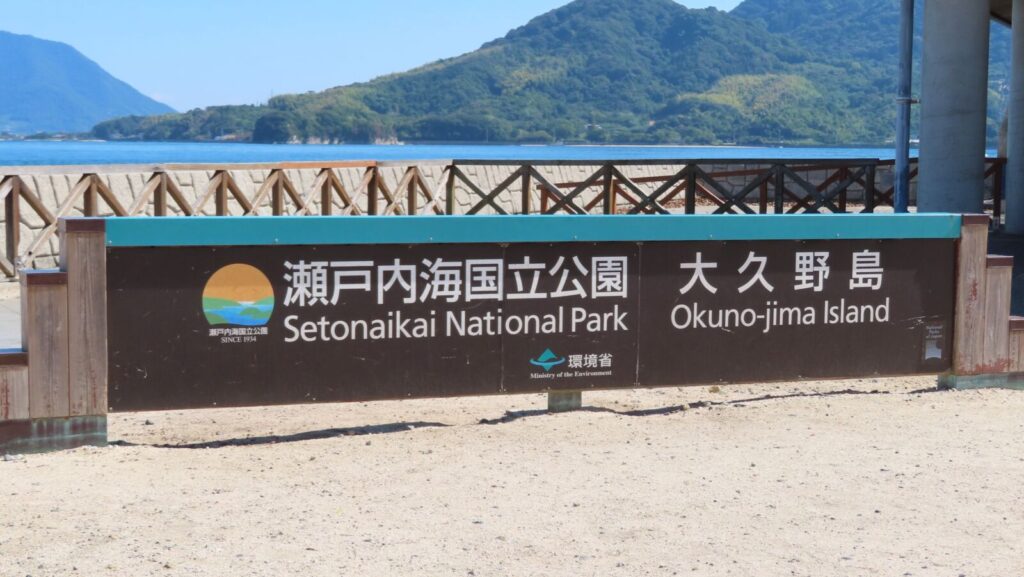
While Rabbit Island is fairly small, there are still plenty of things to do either with company or when solo traveling. We have put together a list of some of the more popular activities and locations around the island so that you can be prepared for your visit and make the most out of it!
Feed the Rabbits
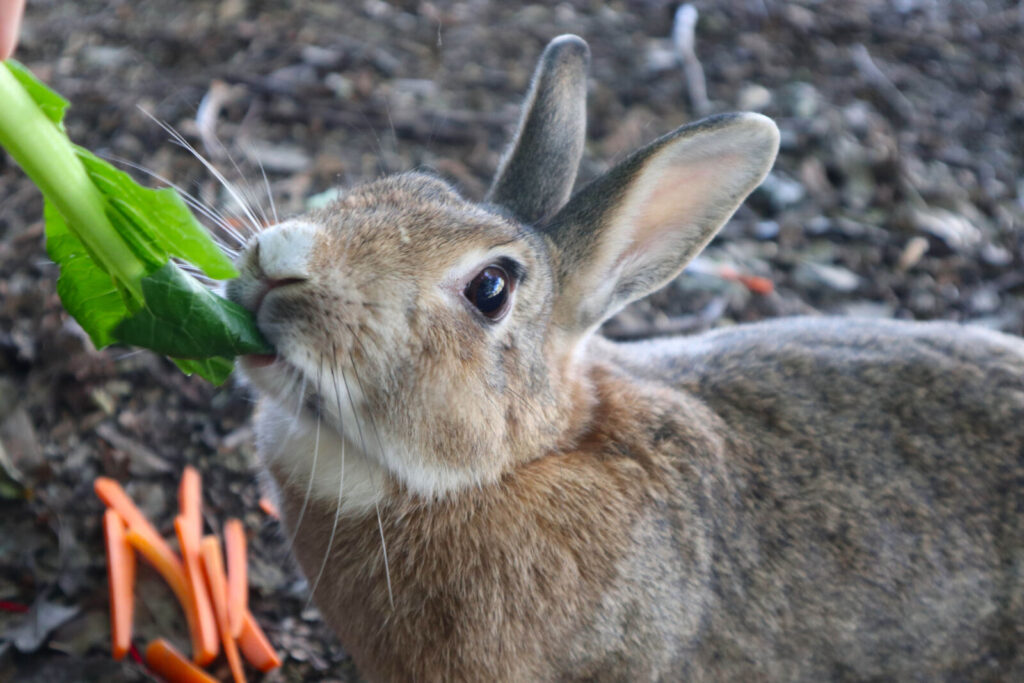
The number one activity to do on Rabbit Island is of course, feeding the rabbits. Visitors have the option of either purchasing rabbit food at the ferry terminal shop or bringing their own fresh produce. For those wishing to buy the food at the ferry terminal, make sure you do so on the mainland, before boarding the ferry. There is no rabbit food sold on the island itself. A single bag will cost you a modest JPY200 and if you return the bag at the shop after feeding the rabbits, you will get a free postcard! Although you may bring any vegetables of your choice to give to the rabbits, we do recommend thoroughly researching the best and most nutritious food for rabbits beforehand.
Go for a Stroll
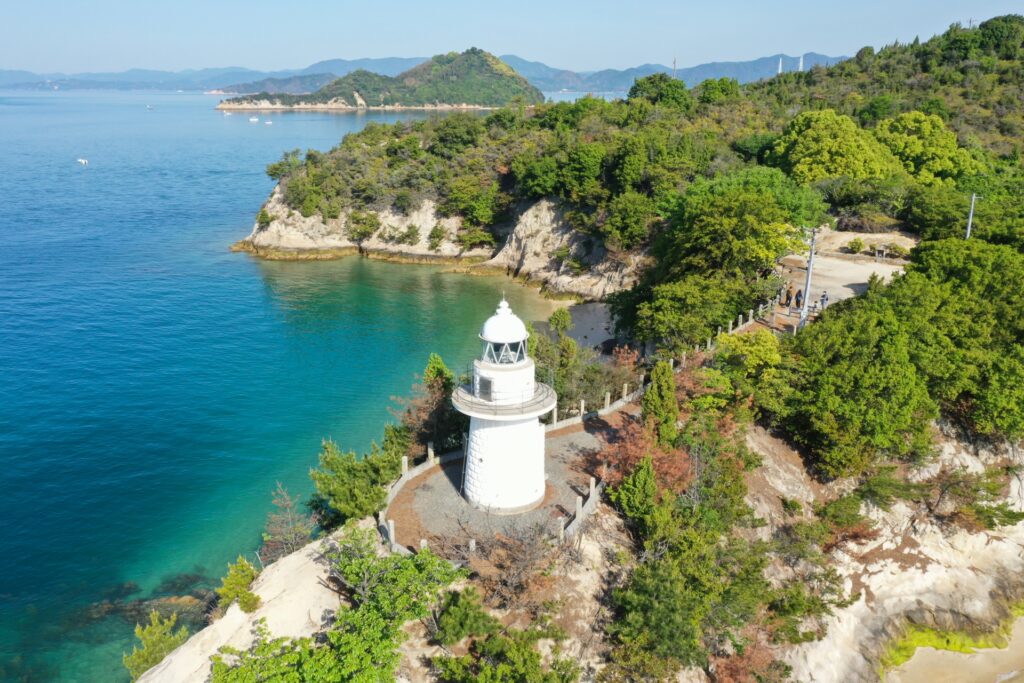
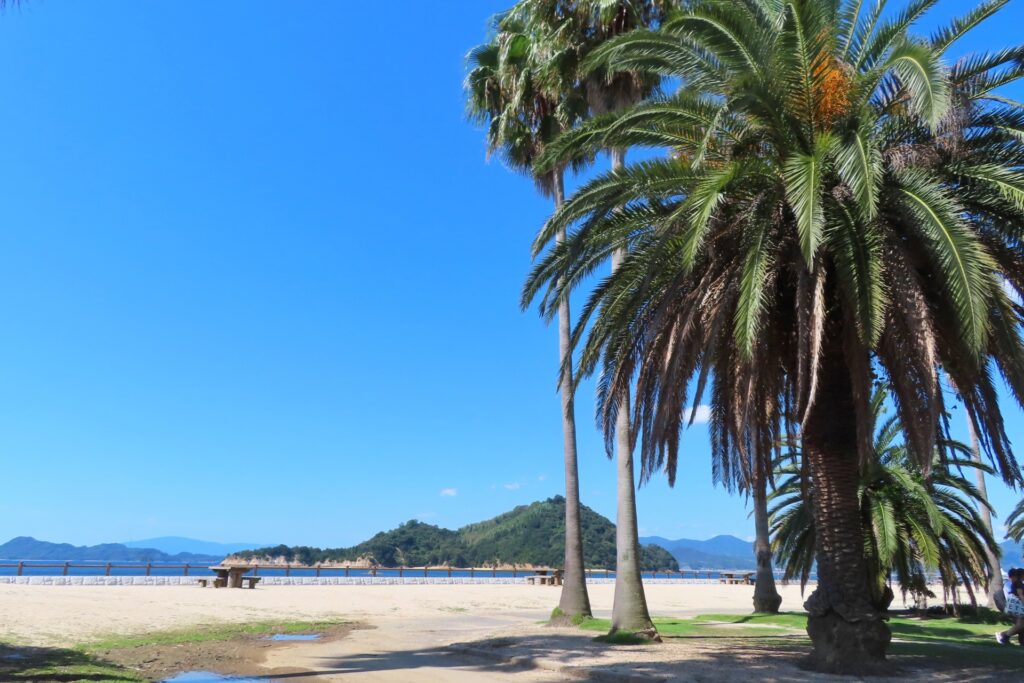
Ōkunoshima is for the most part an uninhabited island and quite abundant in nature. Its small size also makes it an ideal location to go for a stroll. You can walk around the entire island in less than one hour, enjoying the view of the sea and the rabbits hopping about. You can find great photo spots and discover the beauty of the island on your own.
Stay at the Hotel
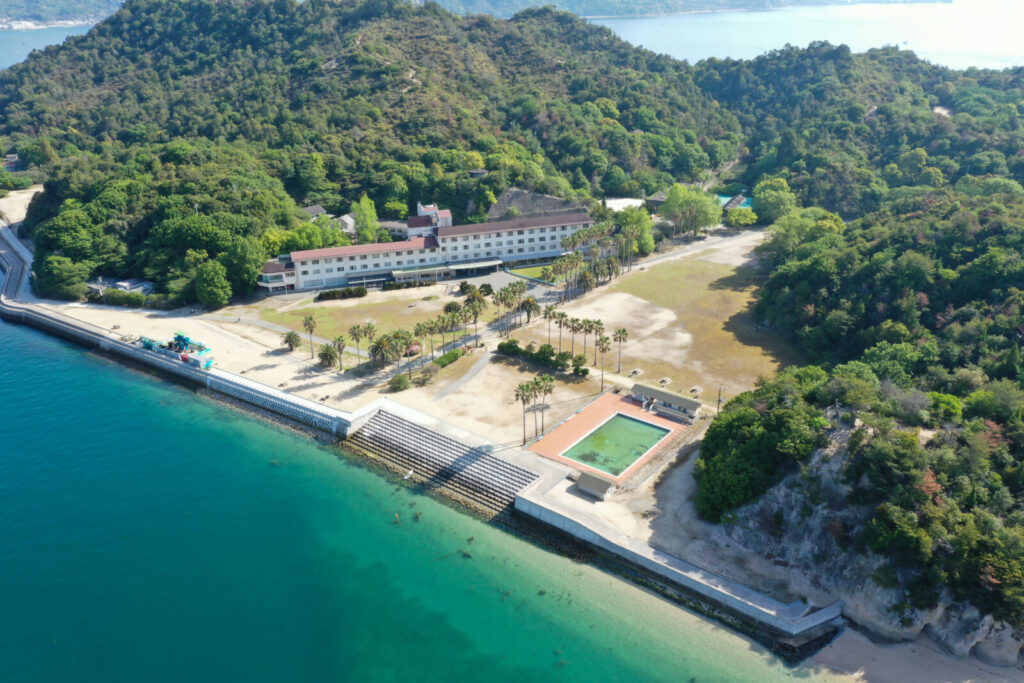
The Kyukamura Ōkunoshima hotel is the main tourist facility on the island. It is also the only place where you can purchase food, at either their café or restaurant. Anyone who visits the island is allowed to step into the hotel, regardless of whether they are staying the night or not. You may buy food at their dining facilities, rent equipment, or even sit down for a quick break even if you're only there for the day.
The café is open every day of the year, from 10:00 to 18:00, with most dishes costing under JPY1000. The restaurant, which offers slightly fancier dishes, is more expensive and open only at specific times of the day. Room prices can range from JPY12000 to JPY20000 for one night and reservations can be done online. The onsen (hot spring bath) at the hotel is also open to those not staying there, with adults having to pay JPY550 and children JPY500 to use it.
Rent a Bike or Electric Scooter
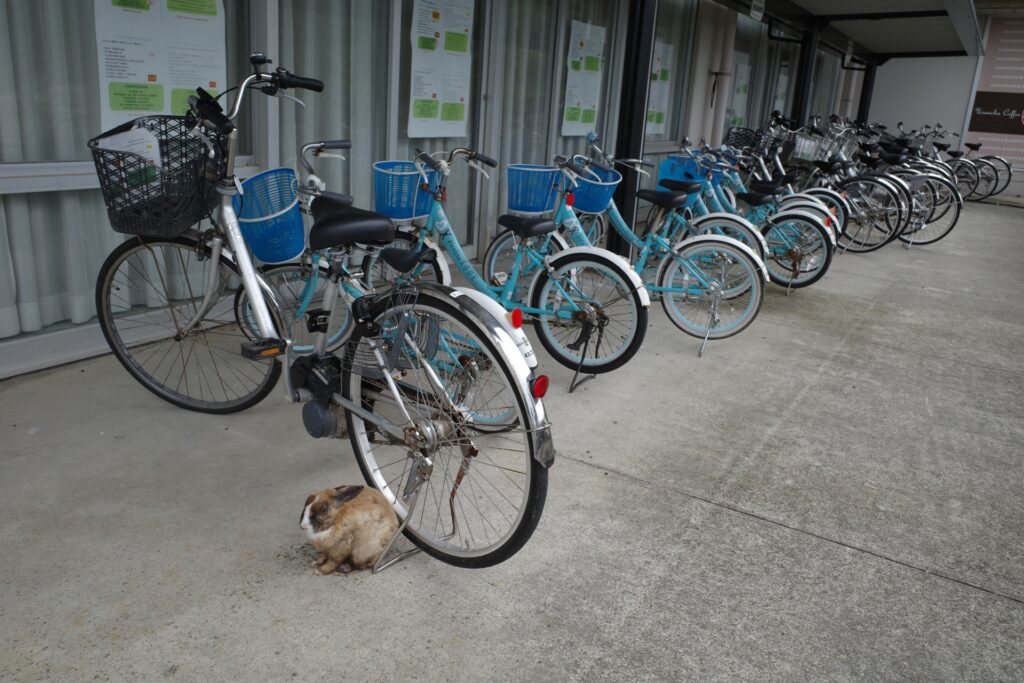
Bike and electric scooter rentals are available at the hotel. You do not need to be staying at their facilities in order to rent this equipment. The hotel offers both regular and electric bicycles of different sizes, so that both children and adults can enjoy riding around the island.
Bicycles can be rented for a maximum of 2 hours at a time, for JPY900 (electric) or JPY600 (regular). Visitors not staying at the hotel must pay an additional JPY1000 deposit per bicycle. After the allotted time has passed, you must return with the bike to the hotel but can then extend the rental time there. The electric scooters, known as "C+Walk T" can be rented for JPY1500 (1 hour) or JPY3000 (2 hours). All of the prices listed above are for day trip guests; rental costs are lower for those staying at the hotel.
Explore the Ruins
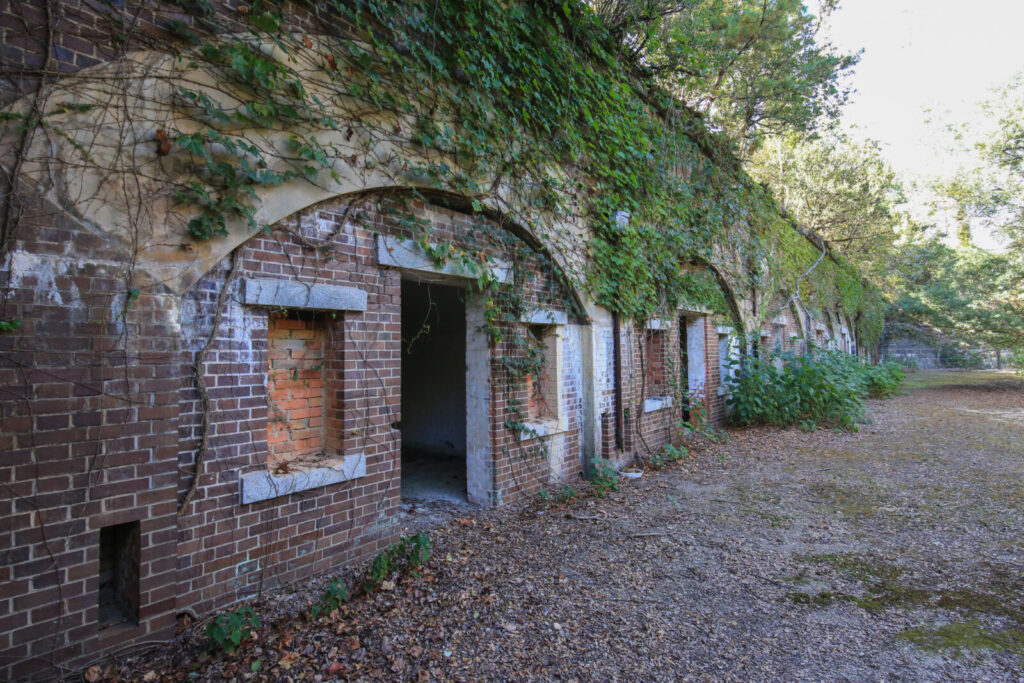
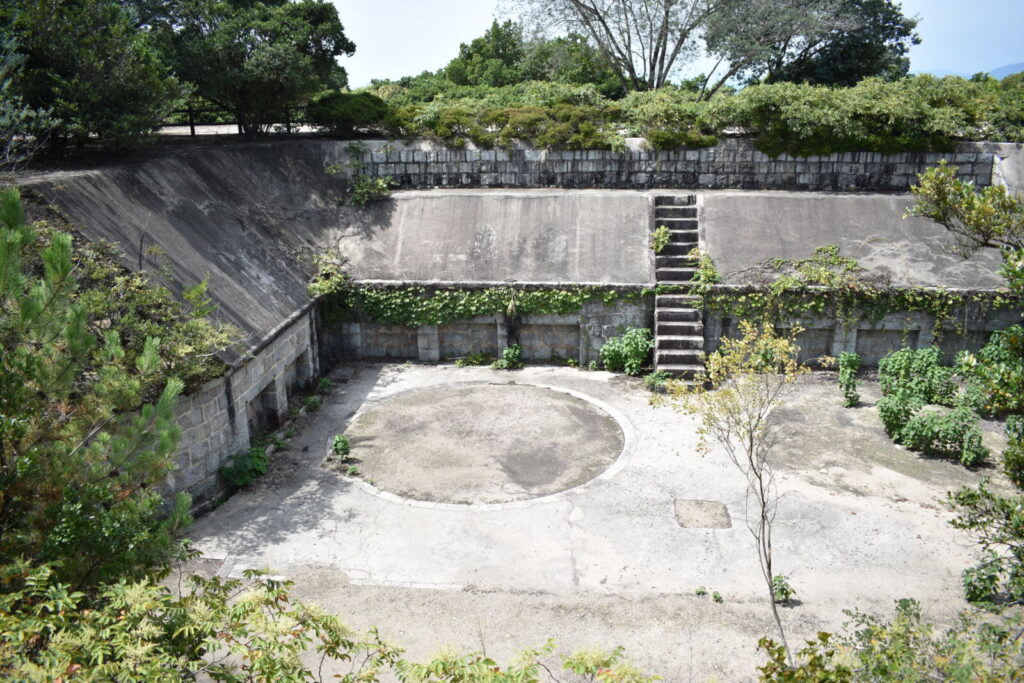

Other than the rabbits, one of Ōkunoshima's main highlights are the multiple ruins that can be found all over the island. While entry to some of the ruins is blocked by fences, you can still appreciate them from quite up-close. For others, you can even step inside and walk around the places were the soldiers slept cannons were installed. The most popular ruins to visit are the North and Central Batteries, the former Power Station near the pier, and the Nagaura Poison Gas Storehouse. It is not necessary to delve deep into the forest to find these ruins, as most can be encountered when walking around the island's circumference.
Hike to the Observation Deck
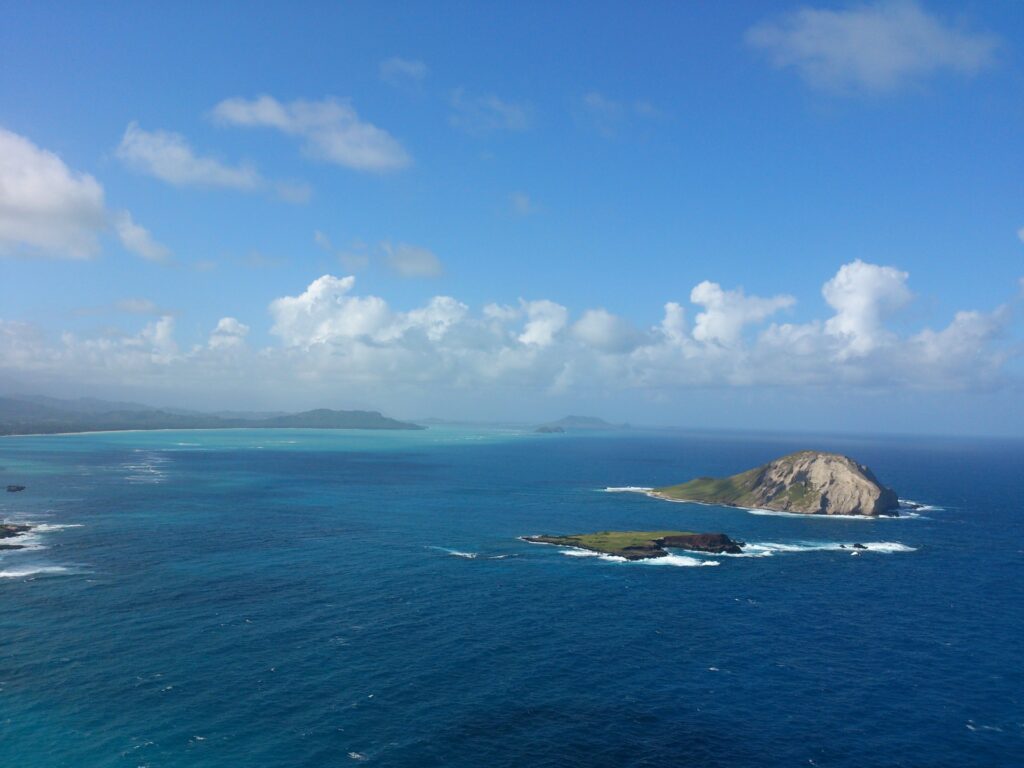
For guests who are a bit more active and wish to explore the island to the fullest extent, we recommend hiking to the Observation Deck at the top of Ōkunoshima's mountain. The hike is not very long and one can ascend and descend the mountain in less than one hour. There are multiple trails leading to the Observation Deck which are marked by different signs around the island. Some of the signs also point to the Central Battery which is located on the mountain as well.
On the way to the top you will be able to immerse yourself in island's abundant nature, and at the deck you will have an unobstructed view of the Seto Inland Sea. As you walk, you might even run into a couple of hungry rabbits which will eagerly approach you in search of food. Not many visitors decide to go on this hike, so it is a good way to escape large crowds and enjoy a more tranquil experience.
Camping
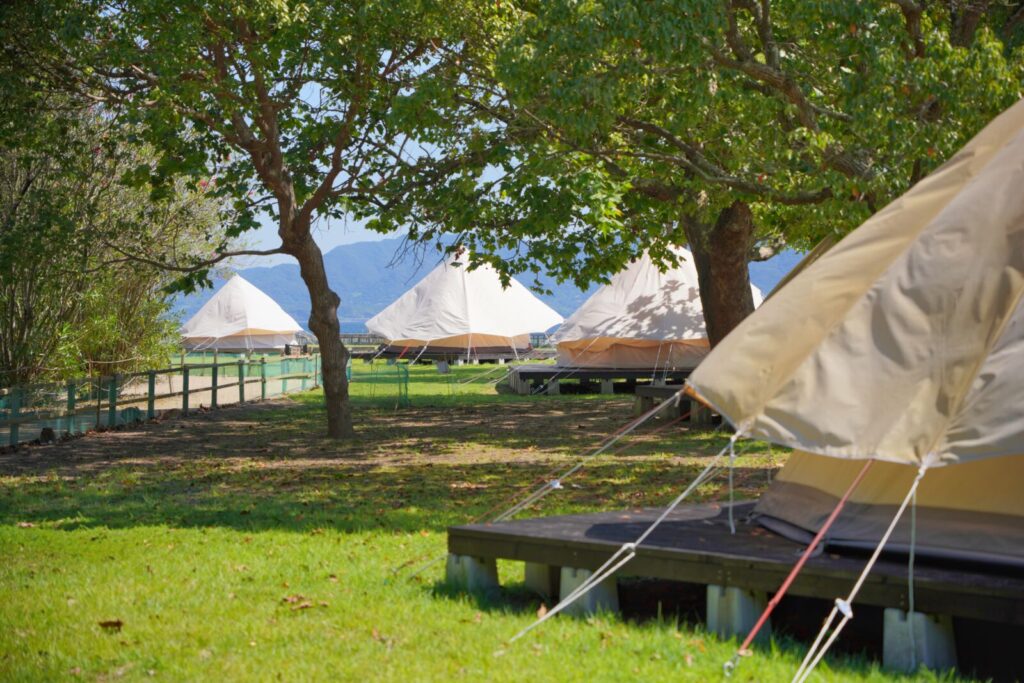
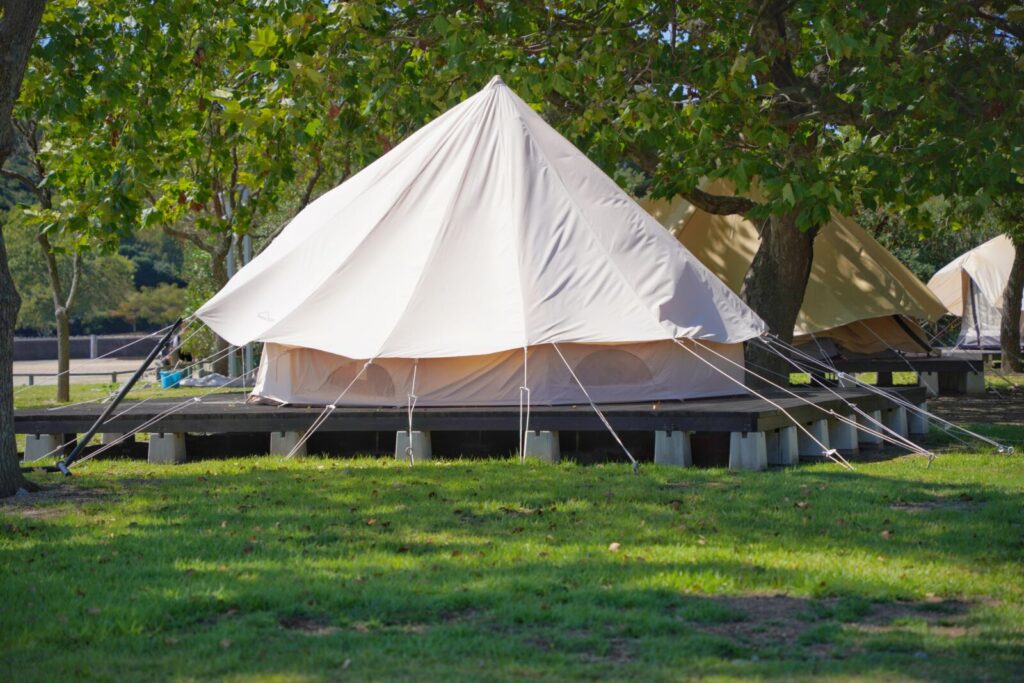
If you'd like to stay the night at Rabbit Island but want to enjoy a cheaper option or spend more time in nature, then worry not since there are camping grounds available. Managed by the hotel, you may bring your own camping equipment and pay a JPY3600 management plus site usage fee to enjoy spending the night at this remote location. When staying on the camp grounds, toilet and cooking facilities can be accessed nearby at no additional cost. Use of the hotel onsen must be payed for separately only during the weekends. More expensive and deluxe plans are available for guests who are looking for a cozier experience, starting at around JPY8500.
Check-in for the camp grounds is from 13:00 to 18:00 and check-out must be completed by 11:00. There are not many spots available at the site which on one hand can make booking difficult during high season but on the other keeps the area less crowded. Camping is possible at all times of the year but we recommend avoiding winter since the temperature can drop quite low and the winds are very strong.
Visit the Poison Gas Museum
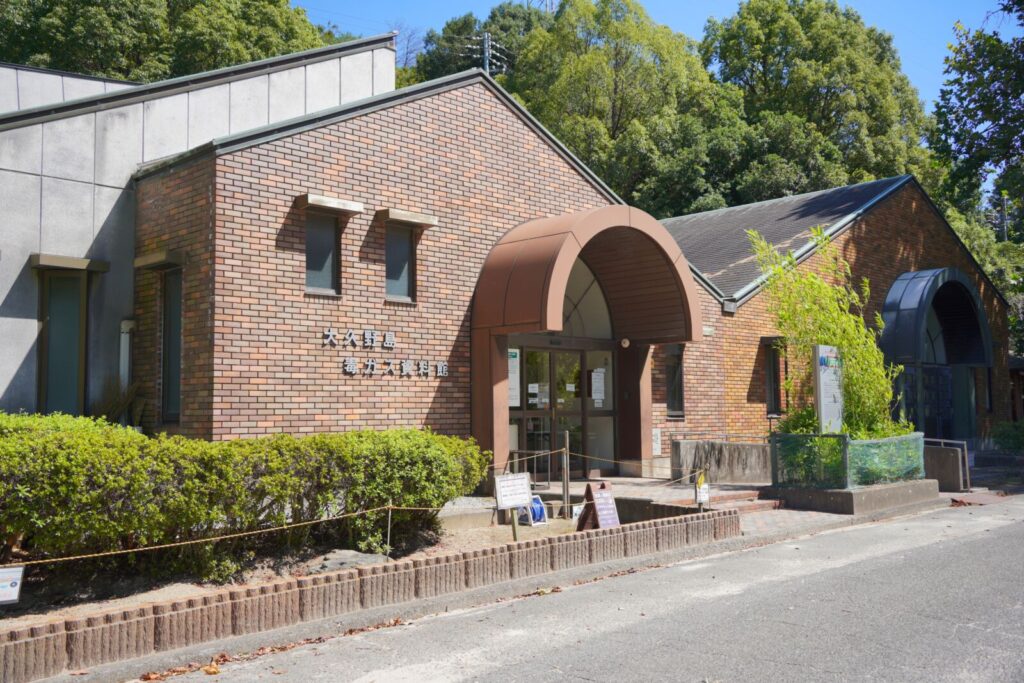
The Poison Gas Museum is a great place to visit to learn more about the history of the island. Several artifacts such as rubber suits and gas masks are on display, and a lot of the information is focused on how poison gas production impacted the health of the workers. It is important to note that the museum is fairly small and most of the information is in Japanese, so foreign visitors might not be able to get as much out of the museum as locals. Opening hours are typically between 9:00 and 16:00, but these might change without previous notice. The museum is closed from December 19th till January 3rd, but sometimes closes on other holidays as well. Entry is JPY150 for adults aged 19 and over, and free for everyone else.
Go Swimming
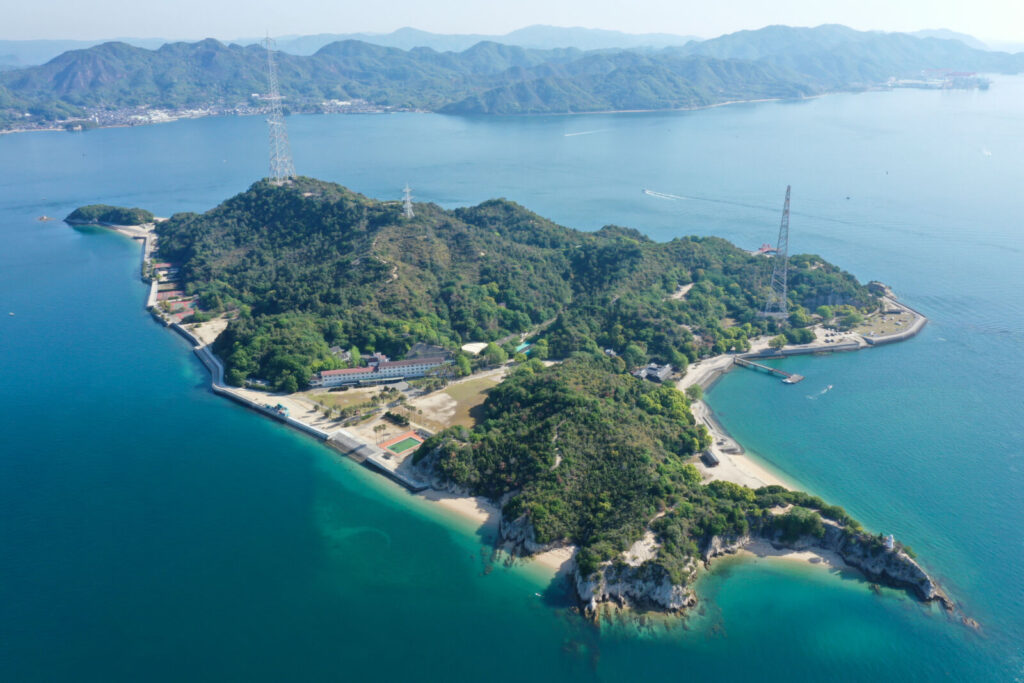
Being an island, Ōkunoshima is of course a fantastic spot for swimming at the beach. This activity is free of charge and most enjoyable during Japan's hot summers. Lucky guests might even run into some rabbits near the shore while enjoying a dip in the cool waters of the Seto Inland Sea. While swimming is certainly possible at all times of the year, we do not recommend it outside of summer due to the weather conditions and lack of open facilities.
HOW TO GET TO RABBIT ISLAND
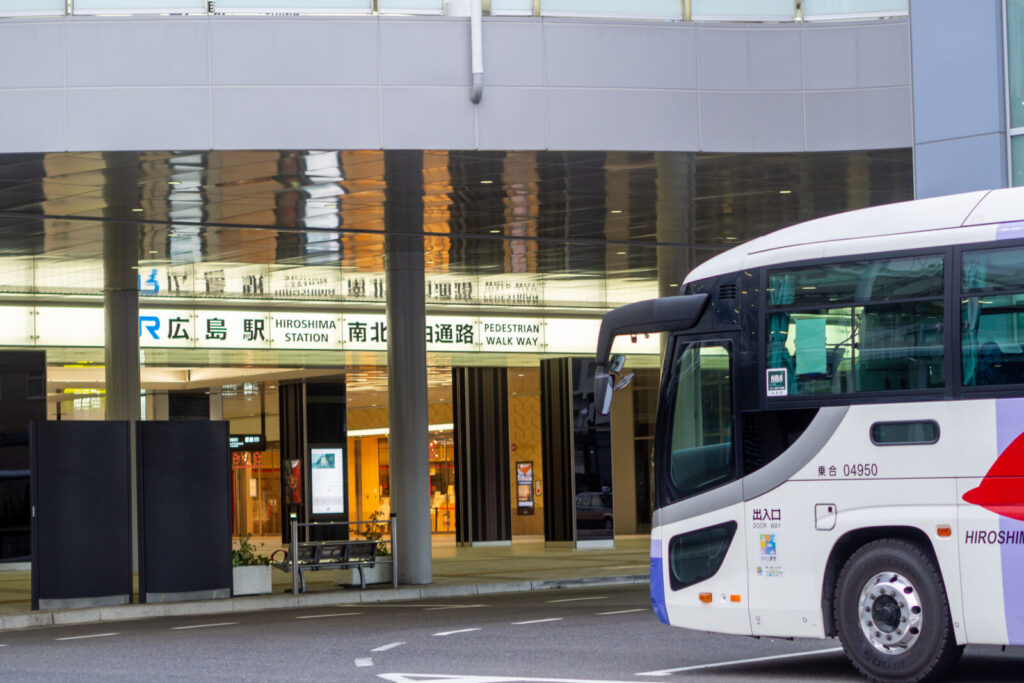
The most efficient way to get to Rabbit Island is by taking the Kaguyahime Highway Bus Service. You can get on this bus at either the Hiroshima Bus Center or Hiroshima Station, whichever is closest to your accommodations. Currently, the bus departs from platform 23 at Hiroshima Station, which is located in front of the Hiroshima JP Building. The stop can be a bit challenging to find, so we recommend arriving plenty of time in advance and asking for help from one of the station's workers. The bus is bound for Tadanoumi Station, which is where you should get off. The ride is JPY1600 and takes about 90 minutes.
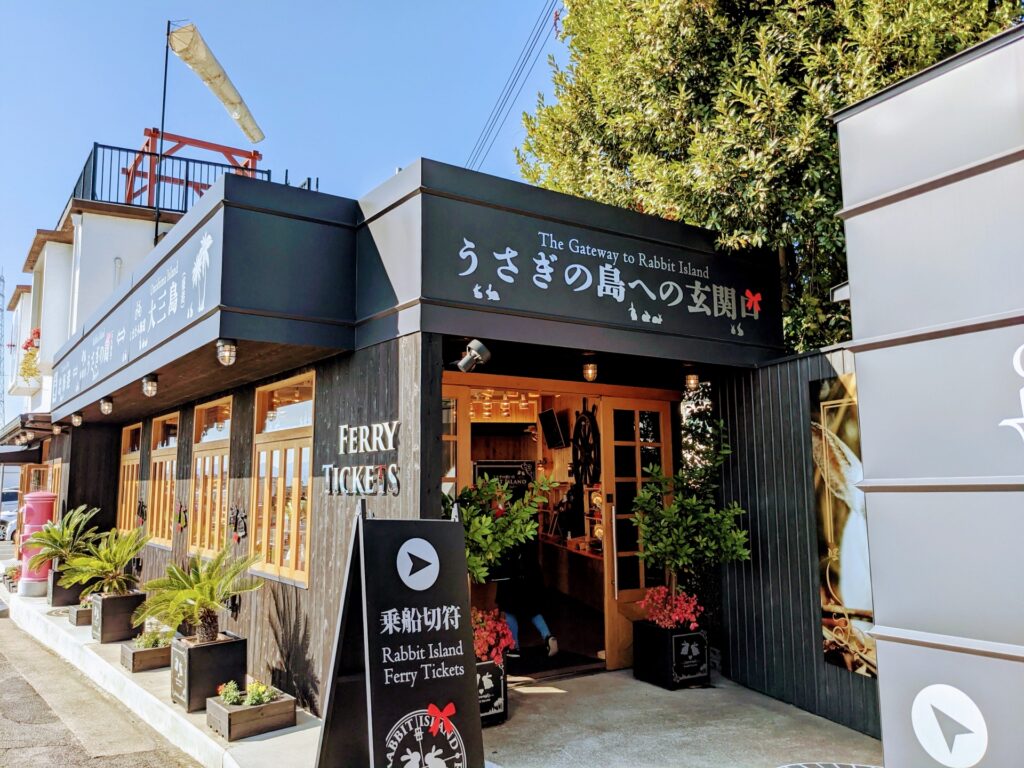
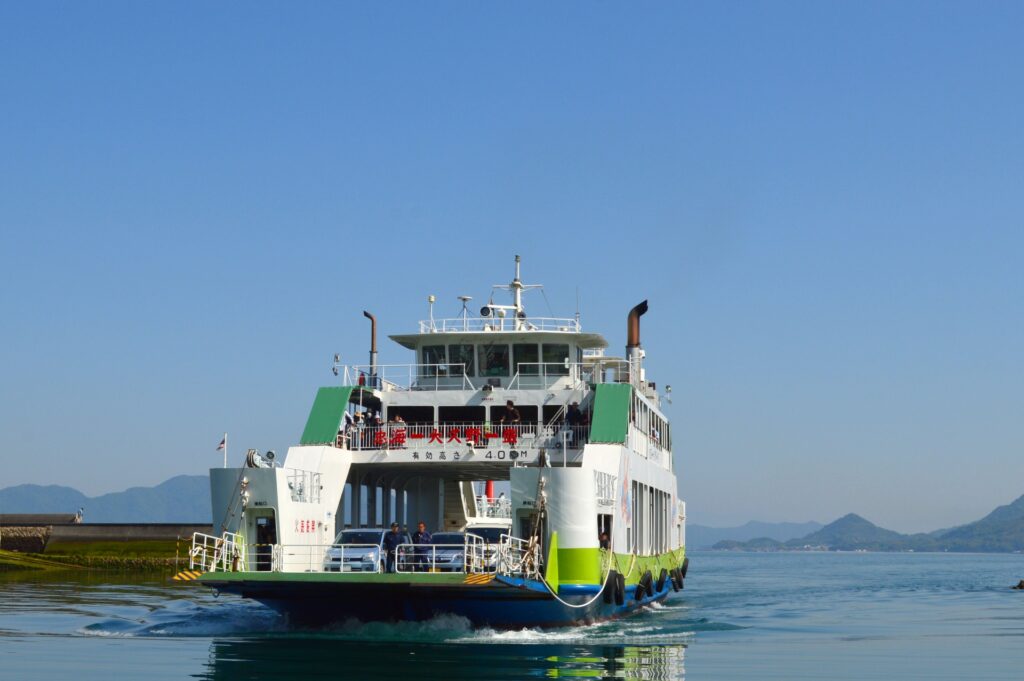
Once you arrive at Tadanoumi Station, you need to walk about 5 minutes to the port. At the port, you will find the Rabbit Island Ferry Terminal Shop. Here, you can purchase various souvenirs as well as your ferry tickets. If you wish to buy rabbit food to feed the animals on the island, this is your only chance to do so. The ferry departs once or twice every hour, with more frequent trips happening during the weekend. You should carefully time your arrival by bus, so you don't find yourself rushing to buy the tickets, or waiting around 40 minutes for the next ferry. The ride is about 15 minutes long and costs JPY720 for the round trip.
You can repeat the same process in reverse to return to the city of Hiroshima. However, we do advise planning in advance which ferry and bus times are the most convenient. The last bus from Tadanoumi Station back to Hiroshima Station departs at 16:03. Visitors who miss this bus can still make there way back to Hiroshima using public transportation, but the process is longer and involves boarding a train, followed by a bus. If all of this seems very complicated and stressful, take a look at our tours visiting Rabbit Island below, where we handle all the traveling logistics for you.
TOURS VISITING THE ISLAND
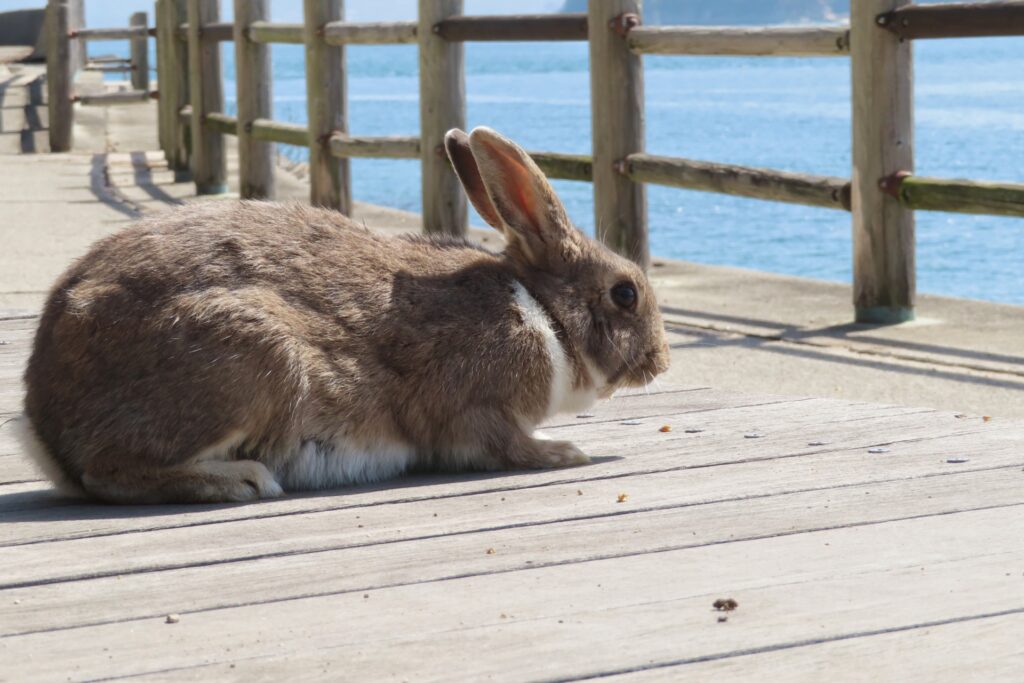
Currently, we offer one tour which includes a visit to Rabbit Island and we carefully designed its itinerary to maximize the amount of places guests can explore while in Hiroshima. A full day can be spent just going to the island and returning to the city, which is not an insignificant amount of time when most people will only be in Japan for less than two weeks. Thus, to optimize this travel experience, we have included a stop in the Takehara Townscape Conservation Area on the way to Rabbit Island. This historic district still preserves the appearance of a town from the Edo period, and is also a fantastic place to do some sake tasting.
After making this convenient stop along the way, you will of course head to Rabbit Island, where not only will you have the chance to feed the fluffy rabbits, but also learn about the dark past of the island. Your guide will take you on a tour of the different military ruins scattered around the area, while explaining the history of Ōkunoshima. Click the "Book Now" button below to explore beyond the city of Hiroshima and spend a relaxing day drinking sake and hanging out with adorable rabbits!
If you're interested in looking at other tours and things to do in the Hiroshima area, check out our "Best Tours around Hiroshima" webpage.



